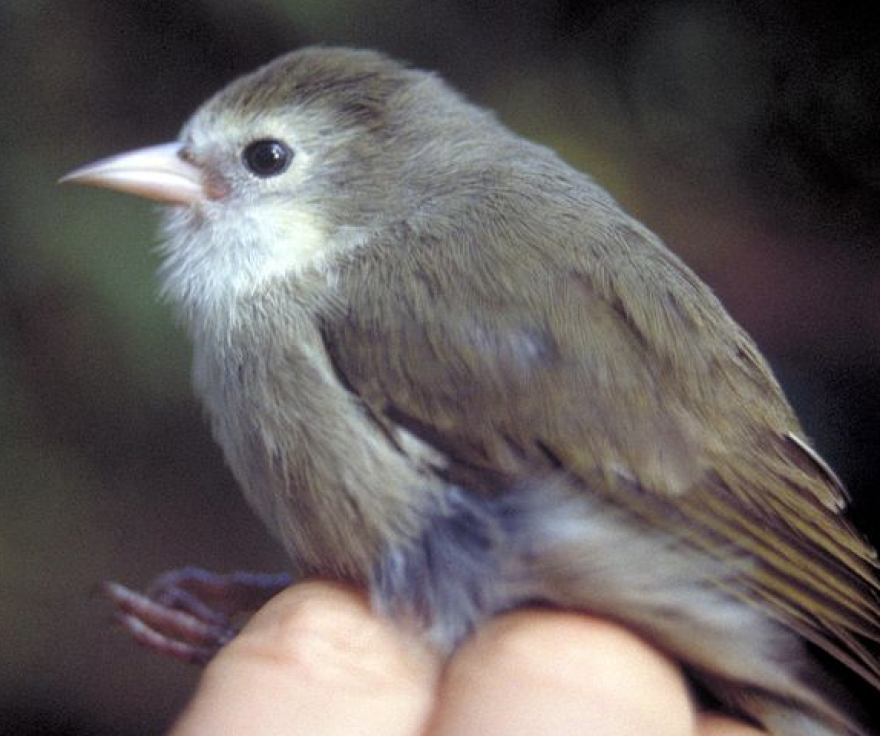The U.S. Fish and Wildlife Service finalized a Monday that removed 21 species from the Endangered Species Act due to extinction. The extinct species include the Bachman's warbler — an insect-eating songbird that called both North Carolina and South Carolina home.
"This is just really sad and tragic news that we've lost these 21 species,” said Noah Greenwald, the endangered species director. “The Bachman's warbler is a species that once bred in North Carolina. It was actually abundant at the turn of the 20th century. But by 1950, it was noted as one of the rarest birds in North America.”
According to the , there have been no officially accepted, documented observations of the Bachman’s Warbler in the United States . The bird was last spotted in Cuba in the 1980s.
The species lived in swampy habitats across the southeastern U.S. Greenwald said the species had a “buzzy” song and would have helped control insect populations.
“Their song and their beauty was something that added to the magic of North Carolina and other places,” Greenwald said. “We've lost a little bit of magic when we lost that species.”
Greenwald said its extinction is largely due to habitat destruction. People converted its habitat to agricultural land and cut down trees for logging. Additionally, Greenwald said people used to shoot at the birds and collect their feathers for items like hats.

“We're just as dependent on ecosystems as these species that are going extinct,” Greenwald said. “The fact that so many species are going extinct indicates that we're degrading these ecosystems.”
Greenwald added that further protective measures are needed to prevent future extinctions, especially from factors like climate change.
He cited Hawaii’s 'akikiki bird species as one at risk. Many Hawaiian bird species were decimated by diseases spread by mosquitoes, which were brought to the area by Americans and Europeans. Birds like the 'akikiki, however, live at high elevations that are too cold for mosquitoes – but warming temperatures are changing that.
“We're watching them go extinct. Literally,” Greenwald said. “That's definitely climate change allowing these diseases to get farther and farther up the mountains in Hawaii.”
In a statement, the Fish and Wildlife Service said it determined the 21 recently delisted species were extinct “based on rigorous reviews of the best available science for each of these species.”
"The ESA requires the Service to delist species if best available science indicates that they are extinct or have recovered. This allows the Service and our conservation partners to better allocate resources responsibly."
The Fish and Wildlife Service had additionally proposed delisting a plant in the mint family due to extinction. But after new surveys revealed more potential habitats for the Phyllostegia glabra var. Lanaiensis plant, the Service , saying more information is needed to determine if the species is truly extinct.
In a separate Monday rule, the Fish and Wildlife Service the Nelson's checker-mallow plant from the Endangered Species Act, as threats to the species “have been eliminated or reduced to the point that the species no longer meets the definition of an endangered or threatened species.”







